Microsoft's first Responsible AI Transparency Report sheds light on the efforts and challenges
The 40-page report highlights the present problems and the future of AI
4 min. read
Published on
Read our disclosure page to find out how can you help Windows Report sustain the editorial team. Read more
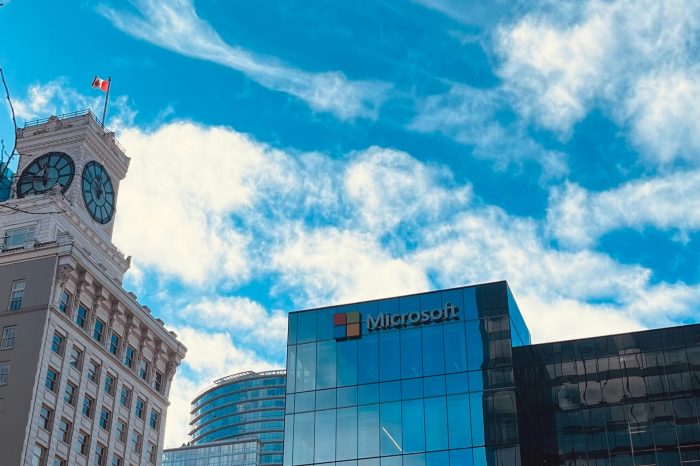
Someone rightly said, 2024 is the year of AI. There have been significant developments in the field, with Microsoft emerging as the biggest player.
Be it the AI-powered chatbot, Copilot, a vital Windows-based solution like AI Explorer, or integrating AI into manufacturing, the Redmond-based tech giant is leaving no stone unturned to dominate the landscape.
This push also raises concerns, particularly about the aspects of transparency, accountability, reliability, and privacy. To address these and highlight the change enforced in the last year, Microsoft has released the first-ever Responsible AI Transparency Report, as committed in July’23.
Microsoft, in an official blog post, announced the release of the 40-page report. The report includes practices incorporated by Microsoft as it makes advancements in the generative AI landscape, ranging from supporting customers to taking measures that benefit the entire AI community.
Microsoft’s Responsible AI Transparency Report provides valuable insights
To highlight the measures taken to put Responsible AI into practice, Microsoft shares how its system aligns with the standard framework and is repetitive in nature to mitigate any risks.
In 2023, we used our Responsible AI Standard to formalize a set of generative AI requirements, which follow a responsible AI development cycle. Our generative AI requirements align with the core functions of the National Institute for Standards and Technology (NIST) AI Risk Management Framework—govern, map, measure, and manage—with the aim of reducing generative AI risks and their associated harms
As for risk management, any existing risks are identified through threat modelling, responsible AI impact assessments, incident response and learning programs, customer feedback, external research, and AI red teaming.
Microsoft then goes on to discuss how the AI Red Teams work to discover non-traditional risks associated with the application of AI, as well as the teams’ expansion over the years.
In 2018, we established our AI Red Team. This group of interdisciplinary experts dedicated to thinking like attackers and probing AI applications for failures was the first dedicated AI red team in industry. Recently, we expanded our red teaming practices to map risks outside of traditional security risks, including those associated with non-adversarial users and those associated with responsible AI, like the generation of stereotyping content. Today, the AI Red Team maps responsible AI and security risks at the model and application layer.
In its Responsible AI Transparency Report, Microsft also takes up the Content Credentials, an easy way to identify if any image or video has been tampered with. Recently, Microsoft brought Content Integrity to the EU, citing its benefits in the election year and how the tool would help combat misinformation.
As per the report, Microsoft has released 30 AI tools with over 100 features to support responsible AI development. These tools map and measure AI risks, along with offering real-time detection and filtering, and ongoing monitoring.
Towards the end of the report, Microsoft goes on to highlight how AI is still limited to a small set of people and steps must be taken to ensure that everyone benefits from the latest innovations in the landscape.
Like many emerging technologies, if not managed deliberately, AI may either widen or narrow social and economic divides between communities at both a local and global scale. Currently, the development of AI applications is primarily influenced by the values of a small subset of the global population located in advanced economies. Meanwhile, the farreaching impact of AI in developing economies is not well understood.
To find out more about Microsoft’s approach and practices, read the complete Responsible AI Transparency Report.
Microsoft was one of the first companies to start working on AI. At the time, its partnership with OpenAI surprised many. But over the years, the approach has delivered results, be it a 40% increase in Bing’s daily user base or Microsoft Azure emerging as a key player against AWS and Google Cloud.
The next few years will witness some exciting developments in the AI landscape, as companies globally invest more in artificial intelligence.
What do you think about Microsoft’s Responsible AI Transparency Report? Share with our readers in the comments section.
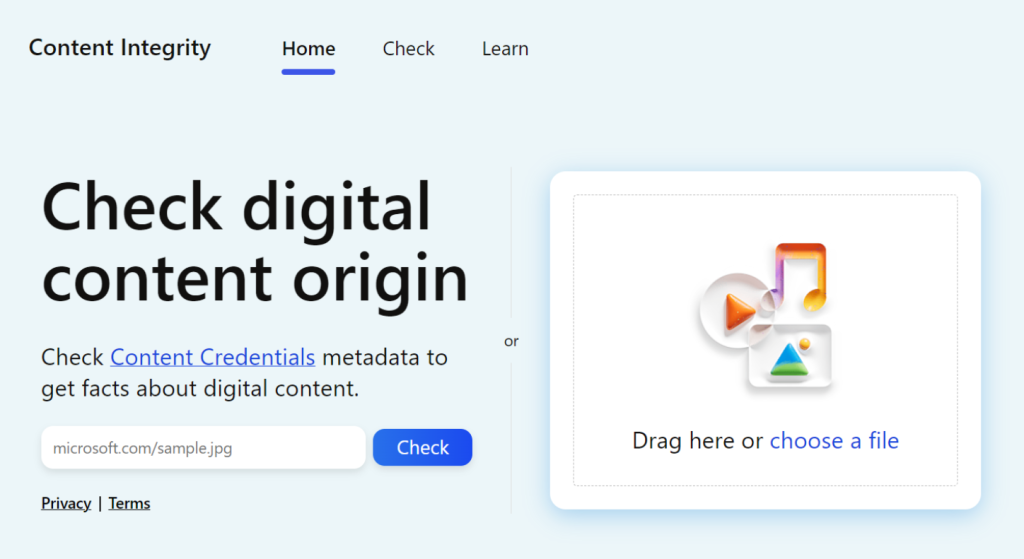

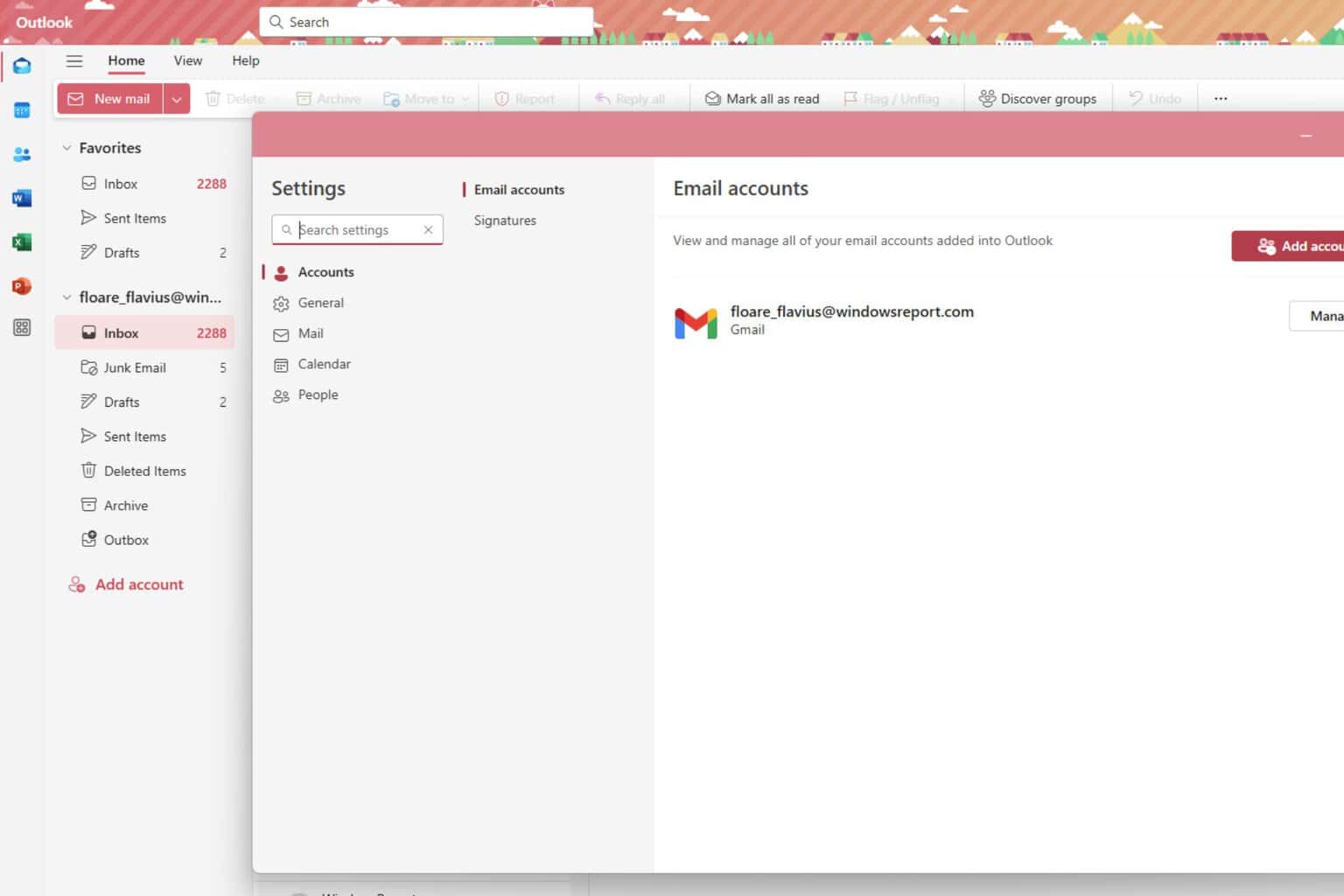
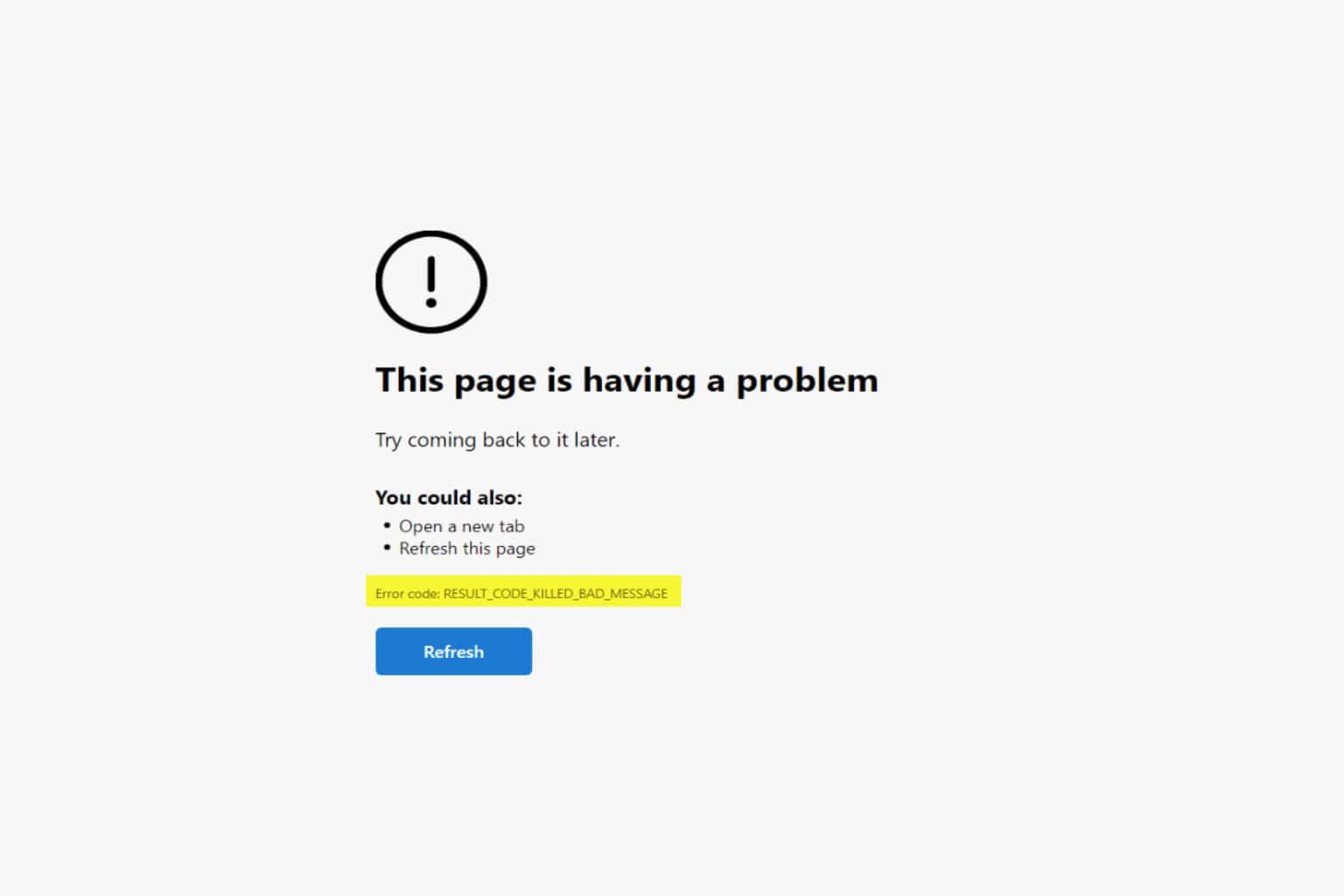
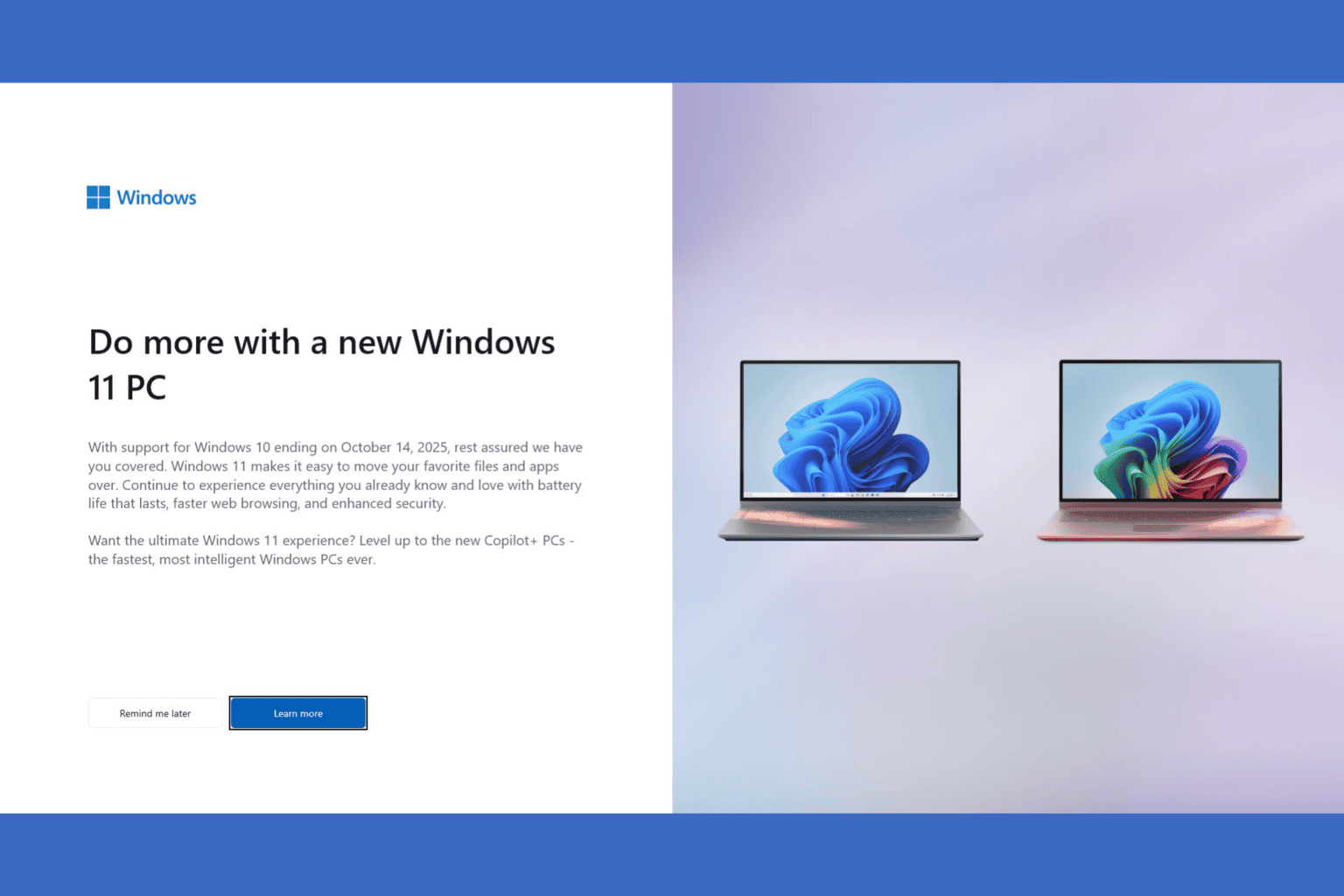
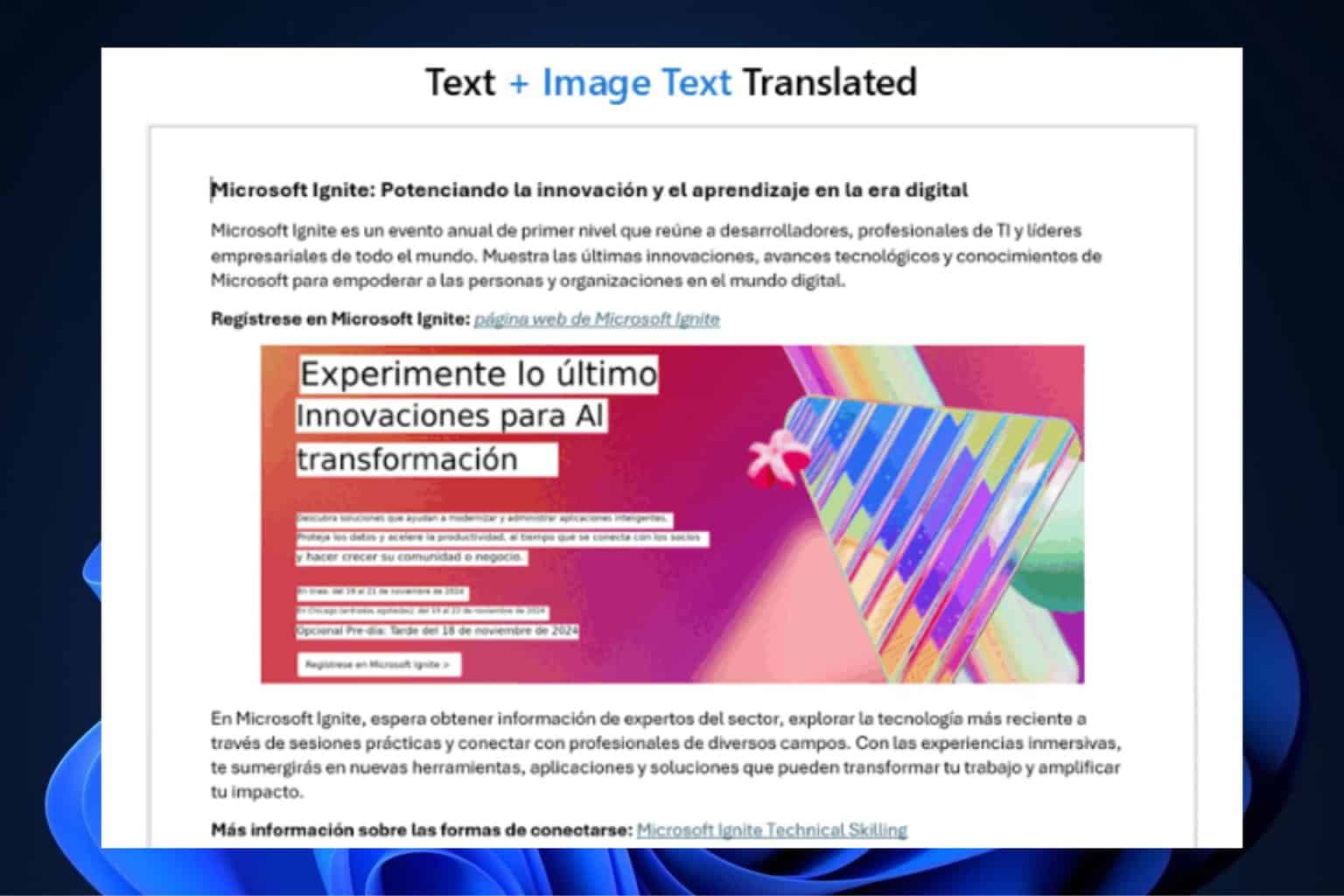



User forum
0 messages